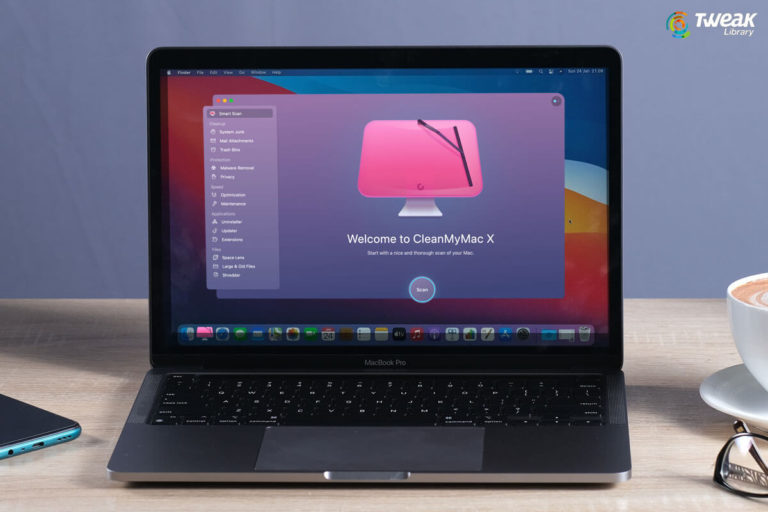It’s been confirmed, that in our networking world, no digital domain or communication is sacred anymore. Despite being vigilant to email phishing scams, compromised Wi-Fi connections, and other malware infections & viruses, Text Messages should also be treated as conjecture. All thanks to SMiShing!
What Actually is SMiShing?
Mobile devices are surely a breakthrough tool to connect with one another, however, cyber hackers & privacy are such huge risk factors to consider when thinking about Internet Security. Because SMS-based phishing is the new form of SMiShing!
SMiShing is a portmanteau of ‘SMS Phishing’ that happens through text messaging, it’s a form of social engineering used to compromise an individual’s personal identity via messages.

Usually, it appears from a person in your contacts or from an enterprise you’re doing business with. With the motive to trick individuals into giving their private information to access their bank accounts or blackmail them to pour out personal or company secrets, SMiShing is conducted.
These attacks have been around since a decade, but cyber experts say that it’s becoming more prevalent now. Since people are getting more suspicious of emails & privacy, and companies like Google and Facebook are getting expert at detecting fake accounts, the next easiest thing for scammers is to reach to mobile phones!
While it’s very difficult to track the first incident of SMiShing, but sheer interest and basic knowledge about the scam can help you to detour it.
Read Also : Best Secure and Private Web Browsers
How SMiShing Scams Look Like?
In most of the cases, SMiShing messages come from ‘5000’ numbers. And, the message usually indicates that it has been sent via email to a cell phone.
Here are some examples of SMS Phishing scams, exemplifying the sense of urgency that looks something like this:


Earlier this year a SMiShing attack targeted users in the Czech Republic. The attackers masqueraded as Czech Post and persuaded users to download malicious apps which contained a Trojan Horse malware.
While email filters are getting much sophisticated at spotting phishing attacks, it is very difficult to identify the difference between genuine and fake text message.
How to prevent SMiShing attacks?
The good side when it comes to SMiShing is that the messages sent are not a threat itself. As long as you remember that you should not click any doubtful link, and not to respond them- you’re entirely secure! However, the best defense against these type of attacks is to learn the ability to recognize messages that looks suspicious.
Keep in mind the following tactics to avoid SMiShing Scams:
- Be suspicious of strange-looking numbers.
- Make sure that your online accounts, especially banking environments have an extra layer of security (Two-factor Authentication).
- Never ever share your credit card details, username, and passwords.
- Be alert and contact your bank immediately, every time you receive a message you’re not expecting.
- Never install an application that appears in a text message. Do download them from verified app stores
- Ignore requests for personal information.
- Hyperlinks are a great way to trick people into getting trapped, so avoid clicking them!
- Remember no financial institution will ever send a message asking to update your personal details. Ignore them right away!
- Never reply to follow the instructions of a text that asks you to provide personal details.
- If you aren’t sure about the message really is from, then delete it right away without reading it.
- Learn the signs of a virus attacking on your phone; be attentive about your phone’s decreased performance, a pop-up of unwanted apps, or device heating up etc. These are some signs that conclude that something is not right with your phone.
- Use VPN services to ensure the protection of your location data.
- Don’t hesitate to verify the messages or links sent by your family or friends to confirm they knowingly sent you the same.
- And if you ever think you’re being SMiShed, do report it to the FCC to protect yourself!
Must Read : Get To Know All About Click Fraud & Its Preventions
In a nutshell, these SMiShermen are after individual’s personal data which they can use to steal money or trick you to install infectious apps to spread malware or sending your confidential information to other third-parties for generating illegitimate income. Better you should adhere to these aforementioned tips to avoid such scenarios.
Beware! And Don’t Respond to SMiShing Messages!






Leave a Reply